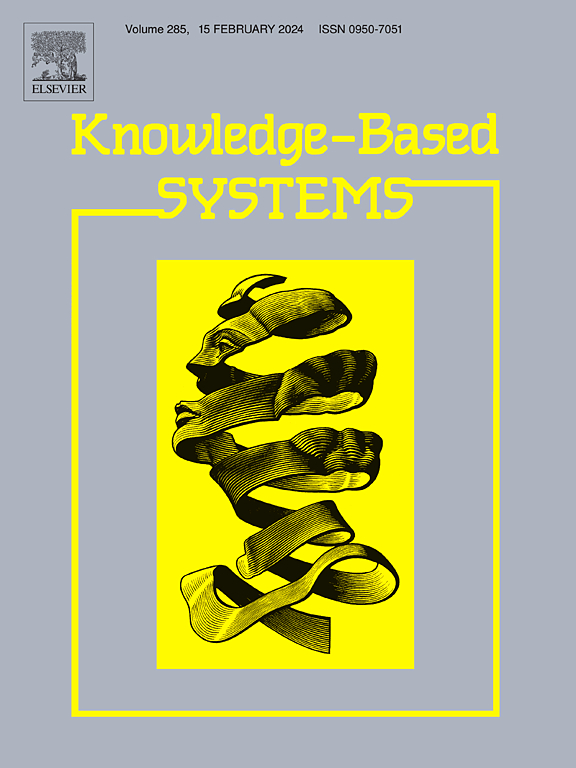Hierarchical influential node identification in multi-agent networks based on triangular recursive compression
IF 7.2
1区 计算机科学
Q1 COMPUTER SCIENCE, ARTIFICIAL INTELLIGENCE
引用次数: 0
Abstract
The identification of influential nodes in complex networks is a core research topic in the field of network science. Existing methods often rely on the topological features of static networks, which struggle to fully capture the characteristics of nodes in dynamic networks. To address this issue, this paper proposes a hierarchical control node selection algorithm based on triangular recursive compression and control influence index (HTRCI) to identify influential nodes and enhance network stability accurately. Firstly, the control influence index is introduced, integrating multiple attributes such as node energy level and neighbor variation rate to evaluate node importance comprehensively. Additionally, an efficient triangle detection algorithm based on intersection matrices is designed to improve the extraction efficiency of triangular features. To address the influence overlap caused by shared nodes and edges within triangular structures, this paper proposes a triangle control node selection method incorporating a conflict resolution mechanism. In non-triangular regions, this paper designs a non-triangular structure control node identification algorithm based on coverage maximization, which regulates the distribution of control nodes by introducing a repulsion mechanism. Furthermore, a hierarchical control node selection strategy is proposed to iteratively compress the management regions of control nodes, reducing the number of control nodes and improving the global control efficiency of the network. In NS3 simulations, the proposed algorithm is evaluated on six real-world networks and compared with eight state-of-the-art algorithms. The results demonstrate that the HTRCI algorithm exhibits significant advantages in terms of information transmission rate and network stability, validating its superiority and applicability in complex dynamic networks.
求助全文
约1分钟内获得全文
求助全文
来源期刊

Knowledge-Based Systems
工程技术-计算机:人工智能
CiteScore
14.80
自引率
12.50%
发文量
1245
审稿时长
7.8 months
期刊介绍:
Knowledge-Based Systems, an international and interdisciplinary journal in artificial intelligence, publishes original, innovative, and creative research results in the field. It focuses on knowledge-based and other artificial intelligence techniques-based systems. The journal aims to support human prediction and decision-making through data science and computation techniques, provide a balanced coverage of theory and practical study, and encourage the development and implementation of knowledge-based intelligence models, methods, systems, and software tools. Applications in business, government, education, engineering, and healthcare are emphasized.
 求助内容:
求助内容: 应助结果提醒方式:
应助结果提醒方式:


